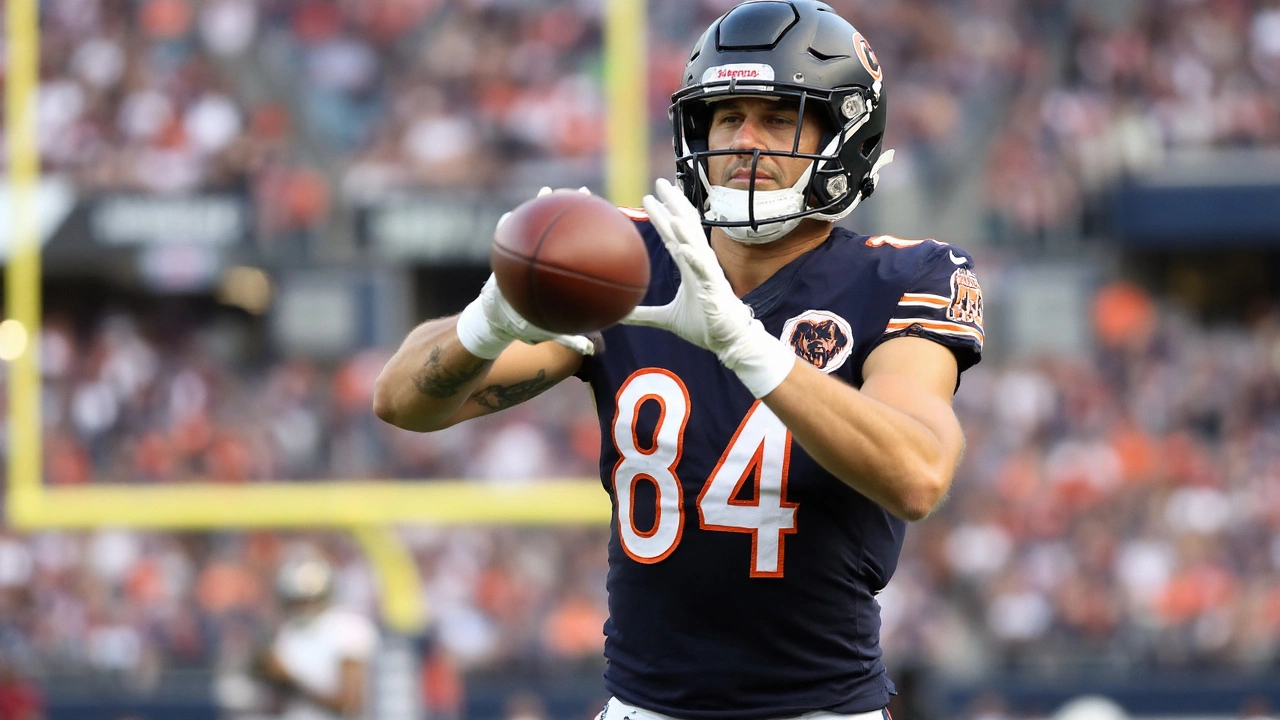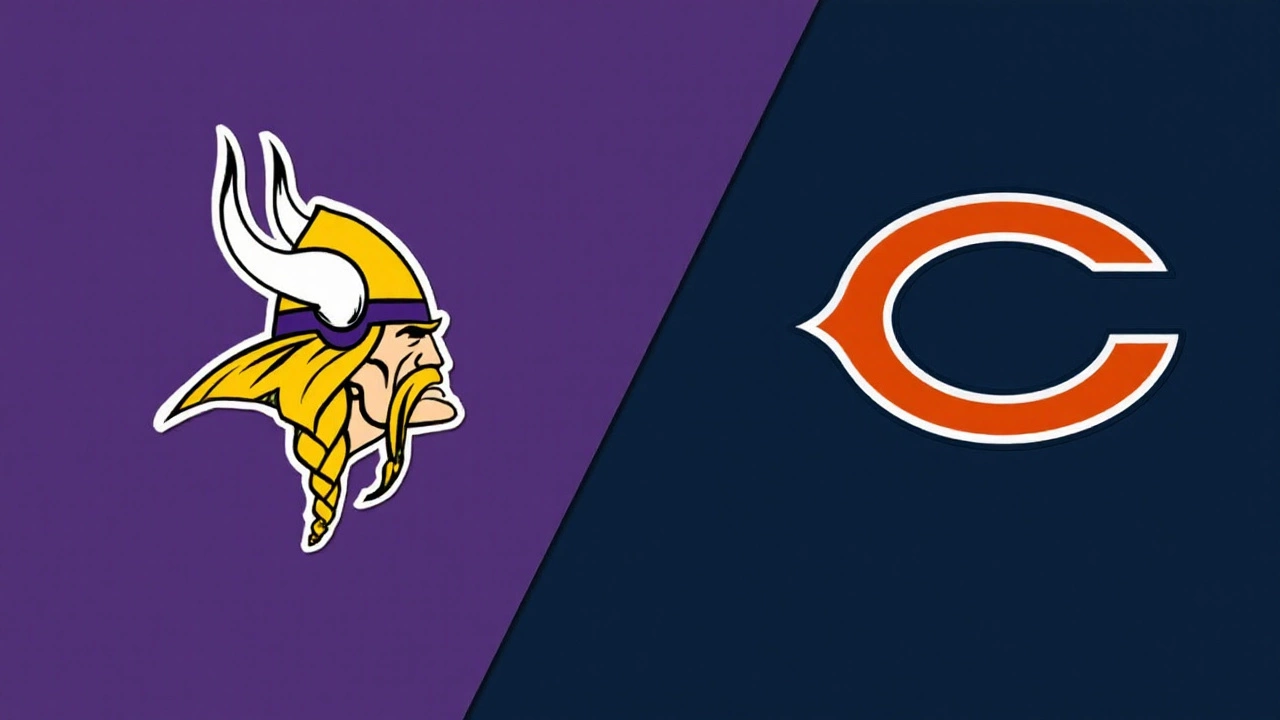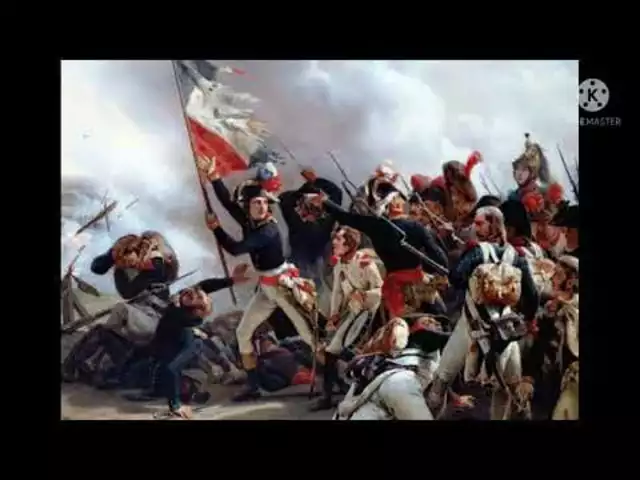A rookie who waited a year, then took over the fourth quarter
A quarterback who hadn’t taken a single NFL snap last season walked into Soldier Field, spotted the Vikings a double-digit hole, and still found a way to turn the place inside out. In his first game back from a knee injury that wiped out his rookie year, J.J. McCarthy strung together two touchdown throws and a decisive rushing score in the fourth quarter to steal a 27-24 win from the Bears on Monday night.
This wasn’t pretty early. Minnesota’s offense sputtered through the first half, settling for field goals while the Bears defense kept the pocket muddy and the reads uncomfortable. When Chicago’s Nahshon Wright jumped a throw and took it 74 yards to the house, the Vikings trailed 17-6 and the air went out of the visitor’s sideline. The debut was teetering.
At halftime, though, Vikings coach Kevin O’Connell went straight at his quarterback’s confidence. “You are going to bring us back to win this game,” he told McCarthy, a message that landed even as the stat line didn’t. O’Connell said later he saw the poise from “the very beginning,” and you could see what he meant once the fourth quarter hit: crisper decisions, better rhythm, cleaner footwork, faster answers.
McCarthy’s path to this moment stretched back more than a year. Drafted 10th overall after leading Michigan to a national title at the end of 2023, he spent last season rehabbing, learning O’Connell’s language, and taking scout-team reps while the league moved on without him. The Vikings asked for patience. This was the payoff—the kind of finishing kick that reshapes a locker room’s belief in its young quarterback.
The turnaround started with a simple, necessary play: a strike to Justin Jefferson in tight space for a 13-yard touchdown. The two-point try failed, but the confidence didn’t. After the defense forced a stop, Minnesota needed just three snaps to take the lead, with McCarthy finding Aaron Jones on a 27-yard catch-and-run and then zipping the two-point pass to veteran Adam Thielen, 20-17 with 9:46 left. That’s when Soldier Field went from restless to rattled.
McCarthy’s clincher wasn’t a throw at all. With the Bears chasing motion and stretch looks, he pulled the ball on a keeper, turned up the right sideline, and slipped inside the pylon from 14 yards out. It pushed the lead to 27-17 with roughly three minutes to go and turned a shaky debut into a statement.
Credit the Bears for refusing to fold. Caleb Williams, the top pick out of USC, had already flashed with his first NFL rushing touchdown, then led a late 65-yard march and hit rookie Rome Odunze on a one-yard score to make it 27-24 inside the final minutes. Chicago’s defense got the ball back once more, but Minnesota bled out the clock, sealing its eighth win over the Bears in the past nine meetings.

How the game flipped—and what it means from here
The guts of this comeback were simple: O’Connell shaved the reads, leaned on motion to reveal coverage, and trusted his playmakers. Early on, the Vikings were heavy on checkdowns and survival plays. In the fourth quarter, the calls opened up—quick timing routes to neutralize the rush, designed movement to give McCarthy clean windows, and tempo to keep Chicago from substituting into pressure looks.
Three sequences changed the game:
- The Jefferson touchdown: A red-zone play that asked McCarthy to win with timing, not hero ball. It got him back in rhythm.
- The Jones explosive: Play design sprung the back into space, and McCarthy hit him in stride. The two-point throw to Thielen set the tone that Minnesota wasn’t chasing—only attacking.
- The keeper to the pylon: A gutsy call that used McCarthy’s legs at the perfect moment, punishing an overaggressive front expecting zone stretch.
What stood out most wasn’t a single throw, it was the shift in command. Early, McCarthy held the ball and stared down concepts that weren’t there. Late, the ball was out on time. The Vikings helped him with formations and motion, but the poise belonged to the quarterback. O’Connell called it “the belief I felt from the team,” and you could see the sideline tilt as Minnesota stacked first downs.
For Chicago, the loss drags—but the blueprint is clear. Ben Johnson’s debut showed flashes of what his offense can be with Williams and Odunze. The rookie connection popped on timing routes and red-zone execution. Williams’ late-game composure was real, and his legs mattered in high-leverage moments. The issue was finishing the third quarter and early fourth: too many empty possessions, not enough rhythm throws, and drives that died before they stressed Minnesota’s secondary.
Credit the Bears defense for the Wright pick-six and for contesting windows for three quarters. They mixed coverages, squatted on outbreakers, and clouded Jefferson’s side to force the ball elsewhere. But once the Vikings sped up and moved the launch point, that edge dulled. It’s a thin line—one missed tackle on Jones, one wrong step on the read option—and the scoreboard flips.
Minnesota, meanwhile, found balance without needing huge rushing totals. Jones’ presence steadied the run-pass menu, Jefferson drew coverage whether he was targeted or not, and Thielen gave McCarthy a veteran outlet in a couple of tight downs. That’s the ecosystem O’Connell wants: stress all levels, spread touches, and ask the quarterback to be decisive more than heroic—until the end, when it’s time to be both.
There’s also the rivalry piece. The Vikings have owned this matchup lately because they don’t beat themselves in late-game spots. Monday kept the trend. Even after the backbreaking interception, Minnesota didn’t unravel—no panic throws into traffic, no coverage busts that gift a short field. One team steadied. The other needed one more stop and never got it.
Zoom out, and the storylines stack up fast:
- The patience play paid off for the Vikings. They took a top-10 quarterback, sat him for a year through injury, and gave him a coach known for simplifying complex ideas.
- Chicago is building around a rookie quarterback and a rookie No. 1 wideout. The sparks are there; the situational polish isn’t—yet.
- Coaching decisions mattered. O’Connell’s willingness to go for two to seize a three-point edge changed how the Bears had to call the rest of the game. Johnson’s late-game sequence produced a touchdown but left too little time to get the ball back in scoring position again.
One more thing about McCarthy: the demeanor. Debuts can go sideways fast after a pick-six. Instead of pressing, he trusted the plan. You could see it in how he reset his feet, how he climbed the pocket instead of bailing, and how he took the easy completion on second-and-long to set up a manageable third down. That’s veteran behavior, not a one-night hot hand.
Don’t forget the defense’s part in all this. Minnesota’s unit didn’t dominate, but it held together after the interception and played complementary football in the fourth. Coverage was sound enough to force Williams into a couple of shorter, contested completions, and the tackling tightened. You don’t swing a game from 17-6 to 27-17 without getting off the field a few times.
For Chicago, there’s no reason to panic. Williams’ pocket movement and touch showed up late, Odunze won in the red zone, and the defensive front created real problems until tempo undercut them. The corrections are practical: clean up third-down execution, lean more on quick-game answers when the rush is cooking, and finish drives with touchdowns, not field goals, when momentum is yours.
The schedule turns fast now. Minnesota heads home to face the Falcons, a chance to turn one magical quarter into a sustainable identity—quicker starts, fewer self-inflicted holes, and a sharper red-zone script. Chicago gets a rugged assignment at Detroit against the defending NFC North champs, a measuring stick for Johnson and Williams against a team built to choke out momentum early.
This will be remembered as one of those debuts where the fourth quarter blots out everything that came before. The pick-six? A footnote. The jitters? Part of the origin story. What will linger is the drive math—three touchdowns in the final period, each a different answer to the same question: could the kid find a way?
On Monday, he did. And for a franchise that staked a top-10 pick on patience and projection, that kind of proof hits different. The Vikings got the closer they hoped they drafted. The Bears saw the outline of what they’re building. The NFC North got a jolt. And the league? It just met a quarterback who needed one quarter to announce he’s here.





